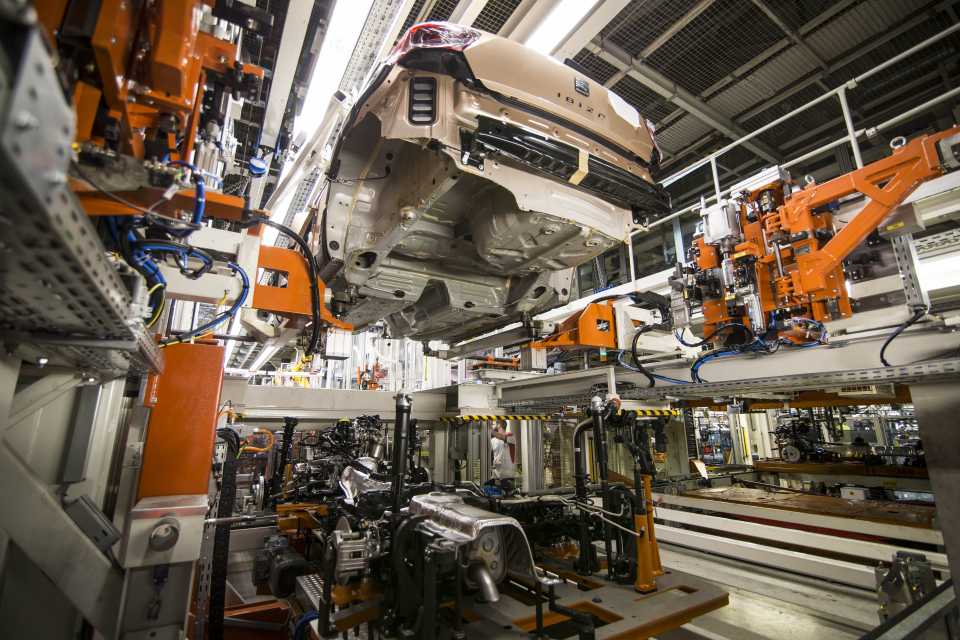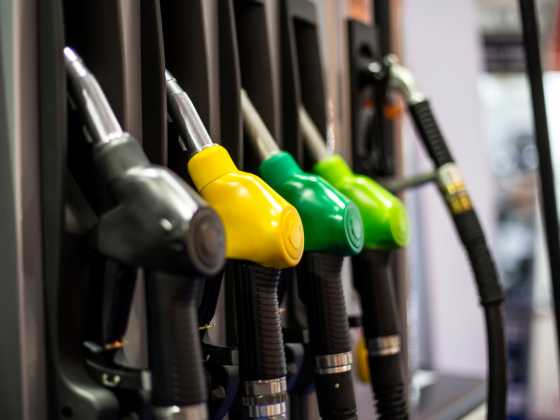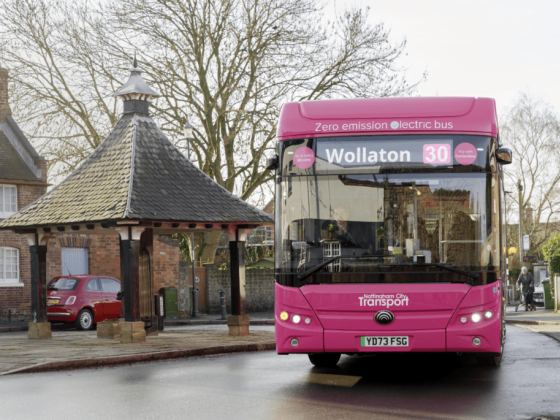SEAT plans to reduce its environmental footprint by 2025

SEAT is aiming to reduce by half its environmental footprint by 2025, compared with its 2010 consumption and emissions figures.
By the end of 2016, the company had improved its five major environmental indicators (energy and water consumption, as well as the generation of waste, volatile compounds and CO2) by 33.6 per cent.
With this figure, the company completed its challenge of improving its environmental impact by 25 per cent by 2018 - a full two years ahead of schedule.
Improving these indicators is framed within the ECOMOTIVE FACTORY Plan, SEAT’s environmental strategy in the scope of vehicle production.
The Plan provides for a series of measures and projects to maximise resources and minimise emissions in all of the company’s production processes.
With the Plan in 2011, SEAT has lowered its CO2 emissions by 66.2 per cent with measures such as heat recovery during processes, the efficient control of air conditioning and thermal insulation, external heat supply driven by biomass energy or the purchase of green energy, among others.
In addition, the company has generated 41.4 per cent less waste and 16.2 per cent fewer volatile organic compounds because of selective sorting of packaging or the substitution of certain solvents and waxes used in the production process.
Energy and water consumption have been reduced by 21.7 per cent and 22.5 per cent with measures such as lowering the temperature in some manufacturing processes or installing new filters in the rain test when verifying the water tightness of cars.
SEAT vice-president for production, Dr. Andreas Tostmann, underlined the company’s commitment to lowering its environmental impact and optimising its resources, which has led to an increase in its investments and sustainability projects.
He said: “In 2016 we invested close to 23 million euros to improve our environmental performance. It is a great satisfaction to be able to claim today that we have already reached the goal we set for ourselves for 2018 and that we have an ambitious target for 2025”.



